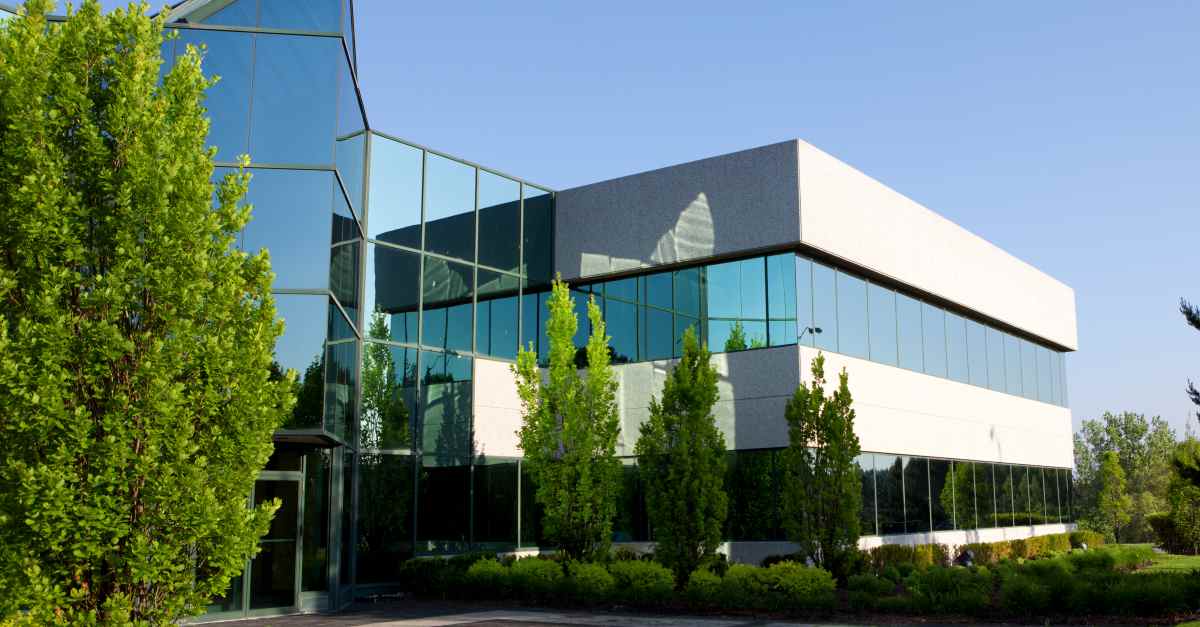By David Leff, ABCP, Insurance Managing Director at Huntington Insurance Inc.†
Key takeaways
- Escalating weather events, lowered capacity, inflation, and valuation volatility are driving up prices in the commercial property insurance market.
- Becoming a more favorable risk to carriers can help organizations realize lower costs, more favorable underwriting, and mitigate disruption.
- Business continuity planning is a key area to address in building organizational resiliency and reducing risk.
- Employee and patron, building, and auto safety are three areas to consider addressing immediately.
What was once a stable commercial insurance property market is now characterized by volatility and uncertainty. Catastrophic weather events and ongoing inflation have dramatically impacted property insurance carriers and the reinsurance market, resulting in significantly higher costs that have been passed down to customers.
Though many of these factors are out of our control, organizations can focus on other areas to help alleviate the strain of higher premiums. Becoming a more favorable risk to insurance carriers can help lower overall costs and reduce operational downtimes. In this article, we’ll examine insurance premium trends and the ways in which companies could prioritize mitigating risk.
State of the commercial property insurance market
The end of 2023 marked the 25th quarter of consecutive insurance premium increases, with latest quarterly reports showing commercial property premiums rising by 11.8% in Q4‡. While the rate of increases appears to be slowing, these elevated premiums reflect pressures in the market that are not easing. Several factors have spurred today’s unfavorable commercial property insurance market, which are detailed below.
Rising severe weather events: Catastrophic weather events are occurring with more frequency and severity. There were 28 separate billion-dollar weather disasters last year amounting to $93.7 billion in total losses, up from 18 in 2022 and 20 in 2021§. Coastal areas experiencing hurricanes and earthquakes previously accounted for the majority of these high-cost events, but the rising rate of severe storms, wildfires, and wind events are driving up the cost in the middle of the country as well.
Reinsurance market lowering capacity: Extreme weather events and related underwriting losses, as well as elevated costs, have resulted in the reinsurance market lowering capacity to avoid overexposure to future losses. Limited capacity means insurance carriers are forced to retain more risk on their balance sheet and pay more for coverage. As a result, carriers are reducing catastrophe limits, increasing deductibles, and charging significantly higher premiums than previous years. Property programs that previously involved one insurance carrier now require multiple carriers to achieve the same coverage.
Rising costs in construction materials: In addition to paying increased premiums across multiple carriers, businesses experiencing a loss face higher costs and downtime due to elevated prices for building materials, logistics, and labor. While many of these constraints have eased since 2021, overall costs are elevated compared with pre-COVID-19 levels. For example, steel mill products today are 65.1% higher than in January 2020≠, and softwood lumber remains 22.7% higher than it was in 2019Ɫ. Where we used to see a rate of $0.10 per $100 of insured value back in 2018-2019, now that rate might be $0.15 or $0.20 per $100 of insured value.
Volatility in valuations: Property replacement costs are much higher now than a few years ago due to elevated construction and labor costs. However, an organization’s property valuation might not reflect that. Inaccurate valuations can lead to insufficient claims payouts after a loss, resulting in cash flow disruptions, operational downtown, and increased insurance costs going forward.
Become a more favorable risk for insurance carriers
Companies might not have control over inflation or severe weather events, but there is an area they can address that can help lead to more favorable outcomes: their risk profile. Becoming a more favorable risk to property insurance carriers can help avoid cost increases and achieve more favorable underwriting.
Addressing risk often begins with a thorough assessment of environmental, health, safety, property, security, waste, cybersecurity, and engineering risks. The result of this audit will help determine:
- Which risks will need to be mitigated?
- Which risks are acceptable in accordance with the company’s risk appetite?
- Which risks will be transferred and covered within a policy?
These conversations should include a cost-benefit analysis between the investment to address risk and the increased cost of insurance coverage. For example, installing an expensive sprinkler system might not be a prioritized capital expense. However, if that new sprinkler system is aligned to an insurance carrier’s expectations, the resulting favorable underwriting might justify the expense.
Other options to consider to become a more favorable risk amidst the factors impacting the insurance property market include:
- Understanding your company’s exposures and the mitigation measures you could put in place to protect against escalating weather events. For example, if your area has experienced a rise in wind events, you could consider investing in more resilient roofing to prevent damage.
- Carefully evaluating your organization’s coverage needs. What is your worst-case-scenario cost, and is that reflective of your current coverage limits? Could you purchase a lower limit to lower overall exposure and cost?
- Avoiding underinsuring your properties. Work with a professional to determine whether you need to adjust your insurable values or commercial property limits.
Reduce risk with a business continuity plan
Another area of risk to consider addressing is disaster response and continuity planning. Companies with a multi-layered plan that details how the organization will act in the event of a disaster are more favorable risks for carriers. Not only that, but this continuity plan can help reduce operational downtime and the associated costs.
Here are the three components of a business continuity plan:
- Emergency Action Plan (EAP) that addresses immediate responses to natural disasters, such as a fire, weather, earthquake, or active shooter incident.
- Disaster Recovery (DR) that details how an organization will access data, critical systems, and buildings during a cybersecurity attack or other disaster.
- Business Continuity Plan (BCP) encompasses everything associated with the company, including incoming material, transportation, logistics, and third-party considerations.
Cultivating a strong risk management culture goes hand in hand with continuity planning. Involve all stakeholders, including employees, in these risk management efforts. Be aware that continuity planning is a long, drawn-out process. It can take companies up to two years to build and enact an effective plan.
Top three risk areas to address
Risks are unique to each organization’s operations, physical locations, and partners. However, there are three main areas that most risks fall under, which leaders can consider before partnering with insurance professionals for a risk analysis.
- Employee or patron health and safety: These are OSHA and NFPA 101 risks related to life safety, such as exit doors, fire extinguishers, sprinkler systems, and free egress.
- Building safety: Organizations need to meet building codes, but also consensus standards. Pay attention to the standards set by the insurance marketplace as well as the government and consensus standards.
- Auto safety: Implement safety features such as telematics or video recordings in vehicles to mitigate exposure on auto related claims.
Build resiliency by prioritizing risk
Organizations prioritizing risk mitigation will likely have more favorable outcomes in the event of a claim. While the overall lower property insurance cost is a boon, being able to resume operations after a brief interruption is a more significant benefit. Resiliency in times of volatility can be imperative, especially considering the escalating weather disasters and ongoing inflation.
Knowing where to start with risk is the first step. Huntington’s Risk Control Team can support you throughout the process through property risk assessments, claims processing, and representing you in the insurance marketplace. To learn more, visit our site and reach out to our team.



